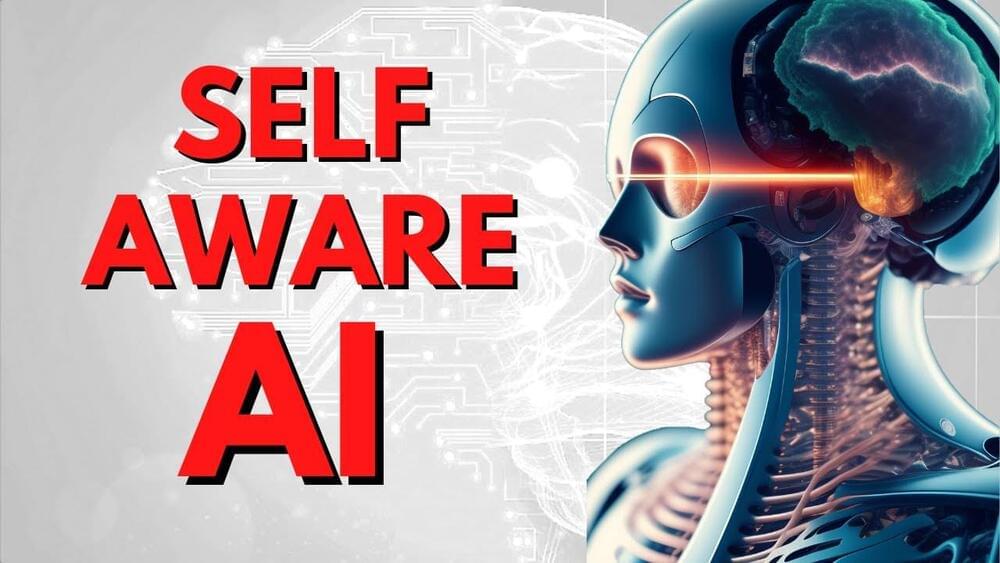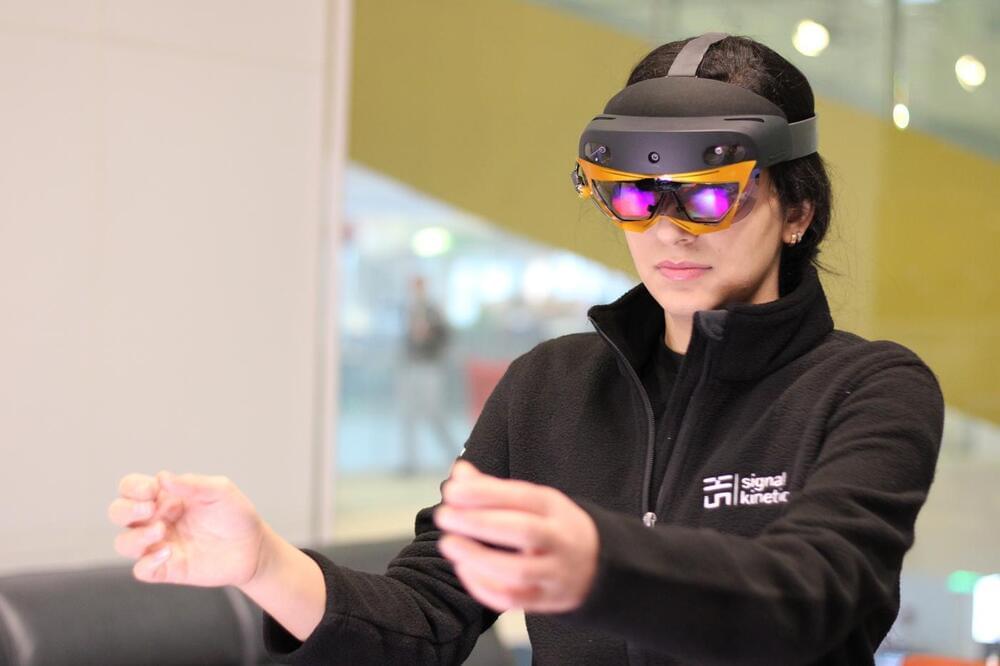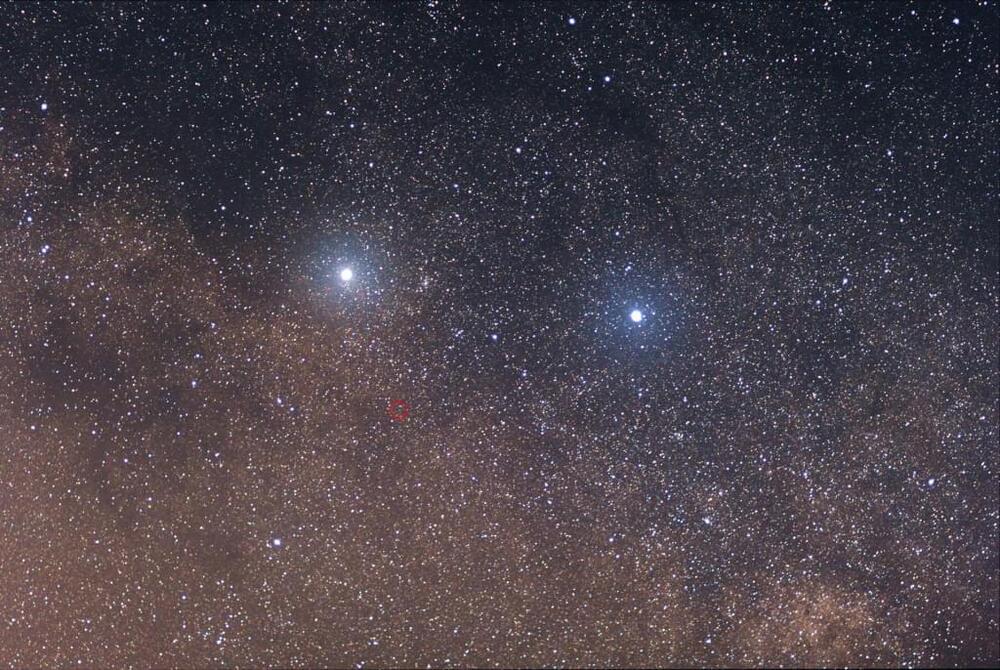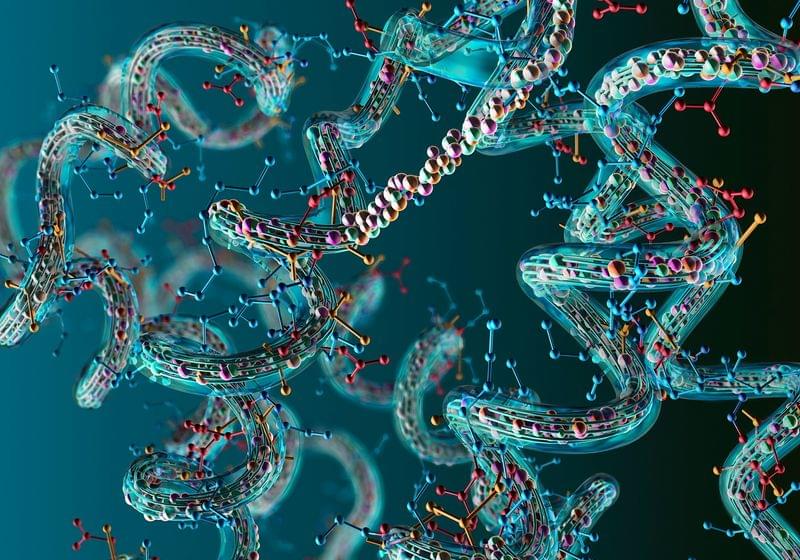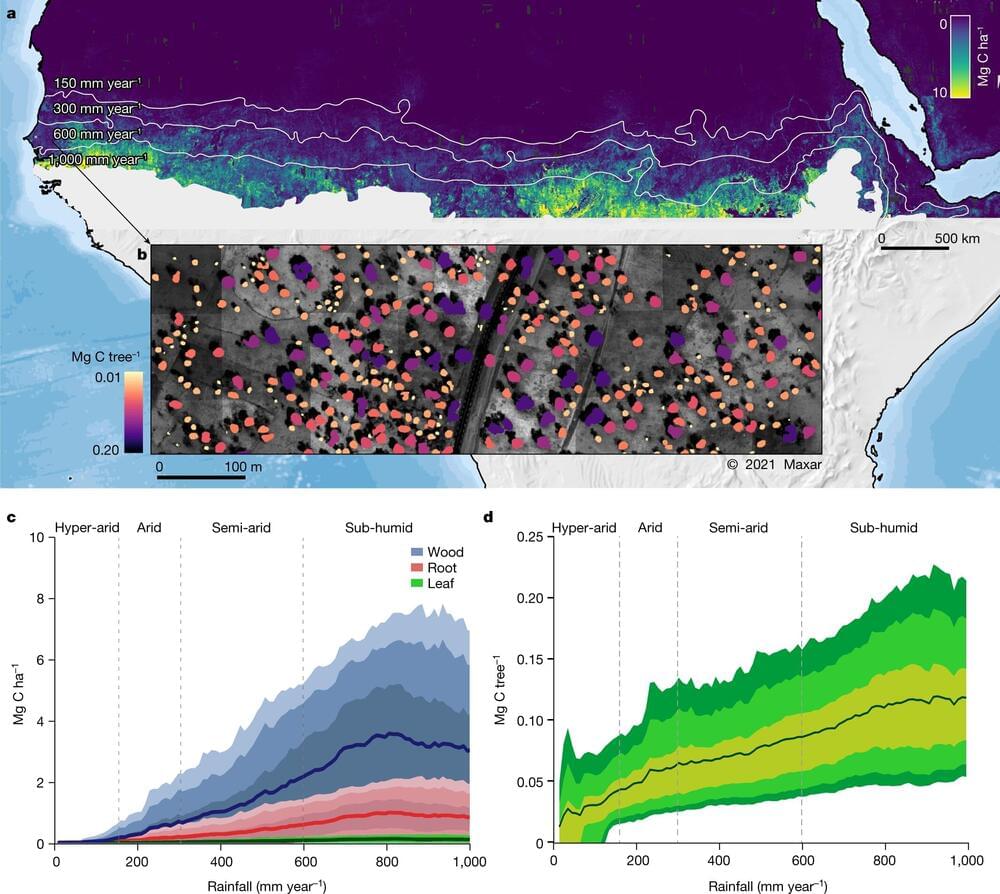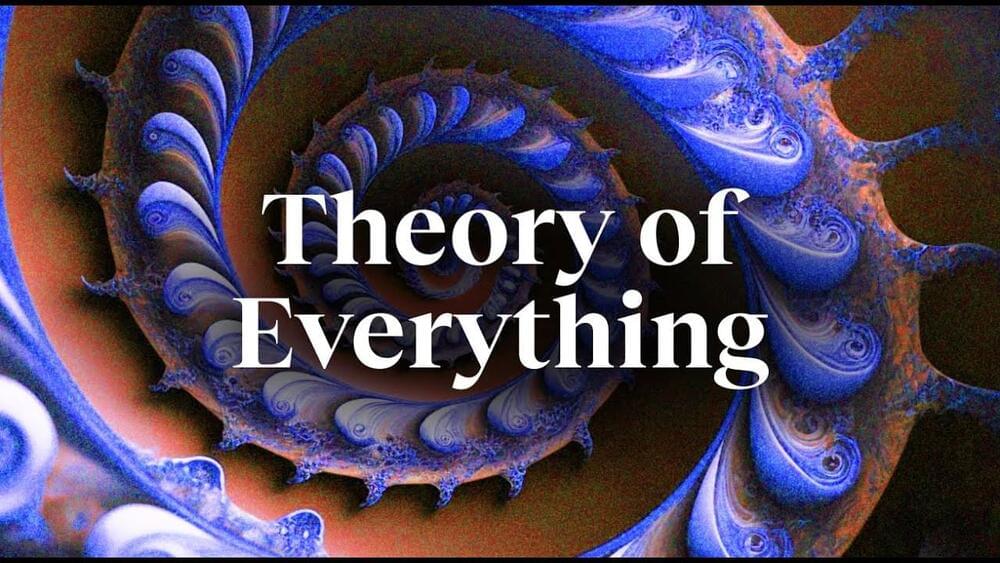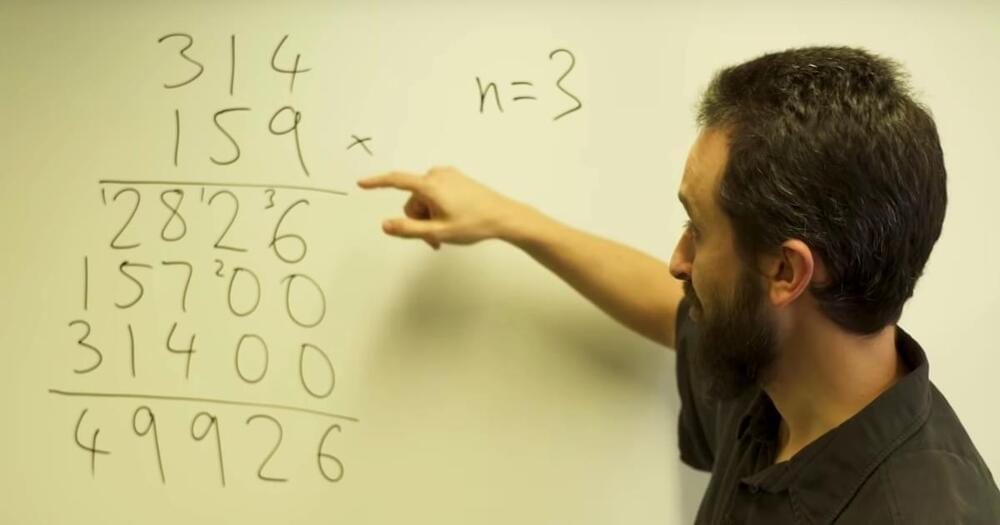Mar 7, 2023
WHAT happens When AI Becomes SELF-AWARE…
Posted by Kelvin Dafiaghor in categories: information science, robotics/AI
In recent years, the field of artificial intelligence has made tremendous strides, but what happens when #AI systems become #selfaware? In this video, we’ll explore the concept of AI self-awareness, its #scary implications for society, and what it means for the #future of AI.
AI self-awareness is the ability of an #artificialintelligence system to recognize its own existence and understand the consequences of its actions. While there are different levels of self-awareness that an AI system could potentially exhibit, it generally involves the system being able to recognize and respond to changes in its own state.
One way that researchers are exploring AI self-awareness is by using neural networks and other machine learning algorithms. For example, researchers have created AI systems that can recognize and respond to their own errors, which is an important first step in developing higher-order self-awareness.
Continue reading “WHAT happens When AI Becomes SELF-AWARE…” »
